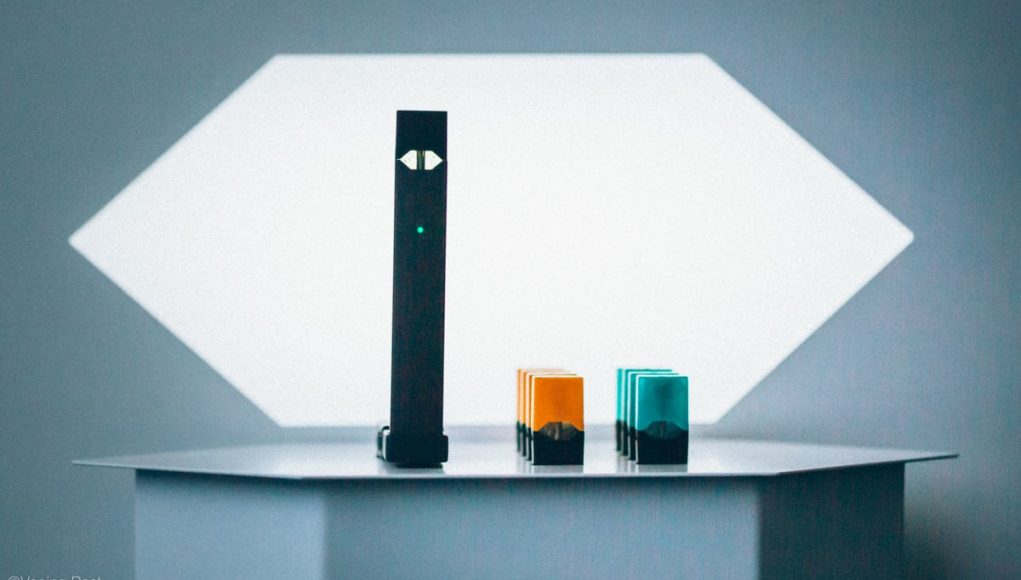Compiling and examining data from the annual surveys in the Population Assessment of Tobacco and Health Study, the research team found that while the arrival of Juul corresponded with an increase in vaping, it has also led to a subsequent decrease in smoking. Sadly while this last detail was documented in the study, it was not only not emphasised, but also completely left out of the study Abstract.
“We estimate that about 600 000 Americans aged <21 years used JUUL products daily in 2019, a rate 2.5 times those aged 25 to 34 years,” reported the researchers.
Market-share gap between Juul and No. 2 Vuse at a status-quo
Meanwhile, a recent Nielsen analysis of convenience store data has revealed that the market-share gap has stabilized between top-selling electronic cigarette Juul and No. 2 Vuse of R.J. Reynolds Vapor Co., remaining at a status-quo stage.
The data indicated that at 38.1%, top-selling Juul has been holding about a 4.8-percentage point gap over R.J. Reynolds Vapor Co.’s Vuse, which was at 33.3%. The last five Nielson reports have consistently indicated a 4- to 4.8-percentage point gap between the two e-cigarettes.
NJoy has gone up to 3.1%, from 2.9% in the previous report, while Fontem Ventures’ blu eCigs has remained unchanged at 2.3%. Given the flavour restrictions that were set in place by the Food and Drug Administration (FDA) in February 2020, many manufacturers of cartridge-based e-cigarettes, such as Juul Labs Inc., Reynolds Vapor, NJoy and Fontem, took a hit when they were forced to stop manufacturing, distributing and selling many of their products.












